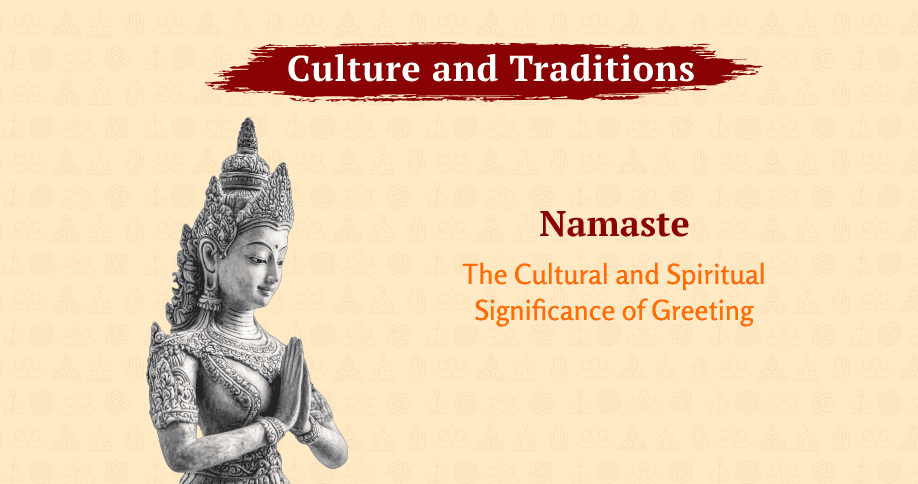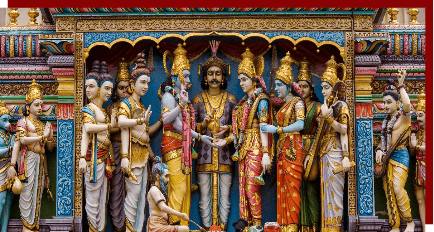Namaste
The Cultural And Spiritual Significance Of Greeting
Namaste is a timeless and profound gesture of respect and connection that transcends cultural and geographical boundaries. More than just a greeting, it embodies the essence of Indian culture, spirituality, and philosophy, making it a part of the global tapestry of traditions.
The Meaning Of Namaste
The word Namaste is derived from Sanskrit, where “Nama” means bow, “as” signifies “I,” and “te” refers to “you.” Together, Namaste translates to “I bow to you.” This simple phrase conveys humility, respect, and recognition of the divinity within each individual.
When spoken, it is often accompanied by a gesture: hands joined together at the heart chakra, palms pressed against each other, and fingers pointing upwards. This is known as the Anjali Mudra, a sacred hand position symbolizing balance and unity. The joining of the hands represents the union of individual and universal consciousness, while the upward-pointing fingers symbolize the upward flow of energy and the connection to the divine.
Cultural Significance
Namaste is an essential part of Indian life, deeply ingrained in the culture. It is much more than just a formal greeting; it plays a vital role in everyday interactions, religious rituals, and yoga practices. It signifies:

Respect Across All Ages
Whether greeting elders, peers, or strangers, Namaste is a universal gesture of respect.
Acknowledgment Of Equality
The gesture symbolizes that all individuals share the same divine spark regardless of status.
A Cultural Identifier
Namaste is recognized globally as a hallmark of Indian hospitality, spirituality, and culture.
Spiritual Significance
In Indian spiritual philosophy, Namaste holds deeper connotations. It reflects the belief that the divine exists within everyone, aligning with the concept of Atman (the soul). When one says Namaste, it is not just a greeting but an acknowledgment of the spiritual essence in another, fostering a deeper connection.
A Union of Energies
Bringing hands together harmonizes the right and left hemispheres of the brain, fostering a sense of inner balance.
Channeling Gratitude
The bowing symbolizes humility and gratitude, creating a space of reverence and connection.
Namaste In The Modern World
With yoga gaining global popularity, Namaste has become a familiar phrase beyond Indian borders. It has transcended its traditional context to symbolize mindfulness, peace, and interconnectedness in a fast-paced modern world.
In Yoga Practices
It is often used to close a session, marking a moment of gratitude between teacher and students.
As a Universal Greeting
During the COVID-19 pandemic, Namaste gained prominence as a contactless alternative to handshakes, spreading its message of respect and wellness worldwide.

Conclusion
In a world where human interactions often feel fleeting and impersonal, Namaste invites us to pause, acknowledge, and connect at a deeper level. It reminds us that beyond all differences, we are united in our shared humanity and divinity.
So, the next time you say Namaste, let it carry its profound meaning—a greeting, a blessing, and a reflection of the beautiful essence of life.



